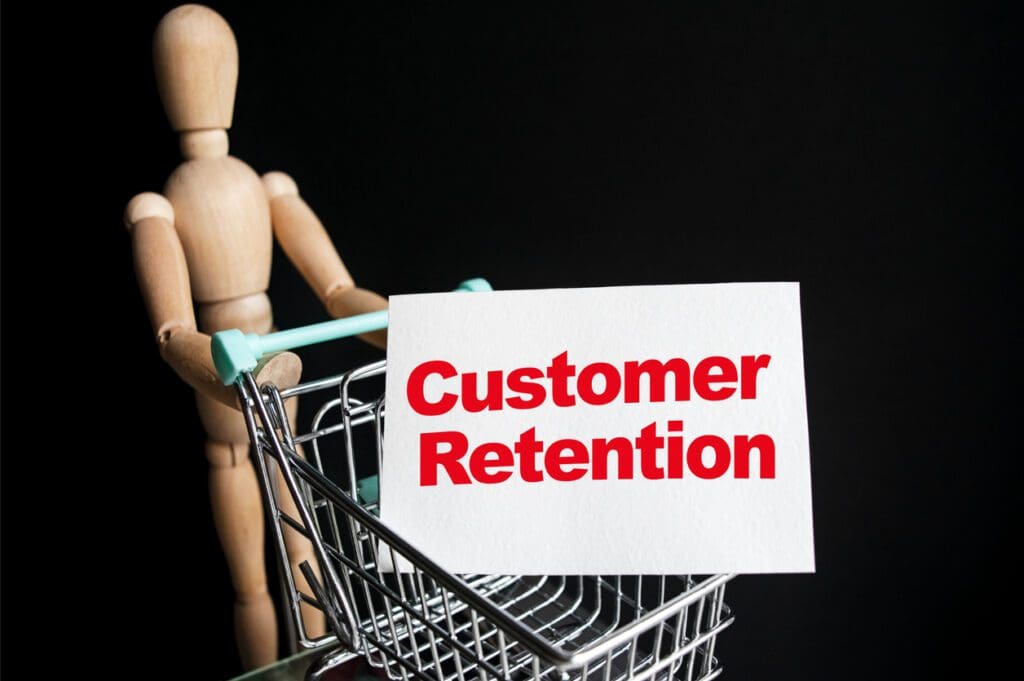Table of Contents
10 Essential KPIs To Catapult Your Company’s Growth
Are you looking to measure and track the success of your startup? Key Performance Indicators (KPIs) are vital for startups to measure and optimise their growth. This article will discuss the top KPIs startups should track to improve their performance and achieve their business objectives.
For startups, measuring and tracking Key Performance Indicators (KPIs) is essential for business success. KPIs are metrics that help businesses measure their progress towards specific goals and objectives. They provide critical insights into a company’s performance, where improvements are needed, and where resources should be allocated.
Also, KPIs (Key Performance Indicators) can have a significant impact on ROI (Return on Investment) in business. By tracking and analysing KPIs related to revenue, customer acquisition cost, customer lifetime value, and other key metrics, businesses can make data-driven decisions to optimise their operations and improve their bottom line. By focusing on KPIs that directly impact ROI, businesses can identify areas for improvement and implement strategies to increase profitability and growth.
This article will explore the top 10 KPIs that startups should track to optimise their performance and achieve their business objectives. We have compiled insights from leading industry sources to help you choose the right KPIs for your startup.
1. Revenue Growth Rate
The revenue growth rate is the percentage increase in revenue over a specific period. Tracking revenue growth rate is vital for startups because it measures the company’s ability to generate revenue and scale. Startups must focus on increasing revenue growth to attract investors, hire new employees, and grow their businesses.
Example: A saas startup has $1000 recurring revenue and adds another $200 recurring revenue from existing and new clients, then the growth rate KPI would be 20%.
2. Customer Acquisition Cost (CAC)
Customer acquisition cost is the total cost of acquiring a new customer. CAC includes marketing expenses, sales salaries, and other costs related to acquiring new customers. Tracking CAC helps startups optimise their marketing and sales efforts and determine the most cost-effective ways to acquire new customers.
The formula to calculate CAC is:
CAC = Total Cost of Sales and Marketing / Number of New Customers Acquired
For example, suppose a company spends $100,000 on sales and marketing expenses in a quarter and acquires 500 new customers during the same period. Then, the CAC would be calculated as follows:
CAC = $100,000 / 500
CAC = $200
This means that, on average, the company spent $200 to acquire each new customer during the quarter.
3. Cost of Goods Sold (COGS)
The cost of goods sold is the cost of producing and delivering a product or service. COGS includes raw materials, labour, shipping, and packaging costs. By tracking COGS, startups can identify opportunities to optimise their production and reduce costs to improve their profit margins.
The formula to calculate COGS is:
COGS = Beginning Inventory + Purchases During the Period – Ending Inventory
For example, suppose a company had a beginning inventory of $10,000, made purchases of $20,000 during the period, and had an ending inventory value of $12,000. Then, the COGS would be calculated as follows:
COGS = $10,000 + $20,000 – $12,000
COGS = $18,000
This means the company incurred $18,000 in direct costs associated with producing and delivering its products during the accounting period.
4. Monthly Recurring Revenue (MRR)
Monthly Recurring Revenue is the amount of money a company earns from its subscription-based business model. MRR is a vital KPI for SaaS startups because it measures the company’s ability to retain customers and generate revenue regularly.
The formula for calculating MRR is:
MRR = Monthly recurring revenue from subscriptions
For example, a software-as-a-service (SaaS) company has 500 subscribers, each paying $50 per month. Using the formula for MRR, the calculation would be:
MRR = 500 x $50
MRR = $25,000
This means the company has a Monthly Recurring Revenue (MRR) of $25,000 from its subscriptions.
5. Cash Flow
Cash flow is the amount of cash coming in and going out of a business. Cash flow is a critical KPI for startups because it measures the company’s ability to pay its bills and operates on a day-to-day basis.
The formula for calculating Cash Flow KPI is as follows:
Cash Flow = Operating Cash Flow / Total Revenue
Where:
Operating Cash Flow = the cash generated or used by a company’s normal business operations
Total Revenue = the total amount of revenue generated by the business
For example, let’s say a company generated $1,000,000 in revenue and had an operating cash flow of $100,000. Using the formula for Cash Flow KPI, the calculation would be:
Cash Flow = $100,000 / $1,000,000
Cash Flow = 0.1 or 10%
This means that for every dollar of revenue generated, the company had 10 cents of operating cash flow.
6. Customer Churn Rate
Customer churn rate is the percentage of customers who stop using a company’s product or service over a specific period. Startups need to track their customer churn rate to identify why customers are leaving and implement strategies to retain them.
The formula for calculating CCR is:
CCR = (Customers lost during a period / Customers at the beginning of the period) x 100
For example, let’s say a company starts the month with 100 customers, but during the month, 10 customers cancel their subscriptions or stop using the company’s products or services. Using the formula for CCR, the calculation would be:
CCR = (10 / 100) x 100
CCR = 10%
This means that the customer churn rate for the month is 10%, which indicates that the company lost 10% of its customer base during that time period.
A high CCR can be a cause for concern, as it suggests that the company may be losing customers due to poor customer service, lack of product features, or competitive pressures.
7. Customer Retention Rate
Customer Retention Rate is the percentage of customers who continue to use a company’s product or service over a specific period. Startups need to track their customer retention rate to ensure they provide value to their customers and retain them over the long term.


The formula for calculating Customer Retention Rate (CRR) is:
CRR = ((E-N)/S) x 100
Where:
E = Number of customers at the end of a period
N = Number of new customers acquired during that period
S = Number of customers at the start of that period
For example, let’s say you had 500 customers at the start of the quarter (S), and you acquired 100 new customers during the quarter (N). At the end of the quarter, you had 550 customers (E). Using the formula for CRR:
CRR = ((550-100)/500) x 100
CRR = (450/500) x 100
CRR = 90%
This means that your customer retention rate for the quarter was 90%, indicating that you were able to retain 90% of your existing customers during the quarter.
8. Monthly Active Users (MAU)
Monthly active users are the number of unique users who engage with a company’s product or service in a given month. MAU is a critical KPI for startups because it measures the company’s ability to attract and retain users.
MAU = Number of unique users who engage with your product or service within a 30-day period.
For example, let’s say a social media platform had 10,000 unique users engage with their product during the month of March. This means that the MAU for the month of March was 10,000.
9. Profit Margin
Profit margin is the percentage of revenue that a company retains after deducting all expenses. Profit margin is a critical KPI for startups because it measures the company’s ability to generate profits and stay in business.
The formula for calculating the profit margin key performance indicator (KPI) is as follows:
Profit Margin = (Total Revenue – Total Costs) / Total Revenue
Where:
Total Revenue = the total amount of revenue generated by the business
Total Costs = the total costs incurred by the business, including variable and fixed costs
Example:
A startup generates $50,000 in revenue, and the cost of goods sold is $20,000. The KPI would be ($50,000 – $20,000)/$50,000 = 0.6 or 60%.
10. Time to Retain Customers
Time to retain customers is the amount of time a customer continues to use a company’s product or service. By tracking this KPI, startups can identify the most effective strategies for retaining customers over the long term.
The formula for retaining customers can be expressed as follows:
Customer Retention Rate (CRR) = ((CE-CN)/CS)) x 100
Where:
CE = number of customers at the end of a given period
CN = number of new customers acquired during that period
CS = number of customers at the start of that period
Suppose your business had 1,000 customers at the beginning of the year (CS). During the year, you acquired 500 new customers (CN). At the end of the year, you had 1,200 customers (CE).
Using the formula for customer retention rate:
CRR = ((1,200-500)/1,000) x 100
CRR = (700/1,000) x 100
CRR = 70%
So your business had a customer retention rate of 70% for the year. This means that you retained 70% of your customers from the beginning of the year.
To Sum Up!
Startups must track KPIs to optimise performance, attract investors, and achieve business objectives. By tracking these 10 KPIs, startups can measure their progress and make data-driven decisions to improve their operations and drive growth.
Remember, KPIs should be specific, measurable, attainable, relevant, and time-bound. Additionally, startups should focus on KPIs that align with their business goals and objectives and regularly review and update their KPIs as their business evolves.
By doing so, startups can identify areas that need improvement, allocate resources effectively, and make informed decisions that drive their business forward. Ultimately, tracking KPIs can help startups increase their chances of success in the competitive business world and pave the way for long-term growth and profitability.



